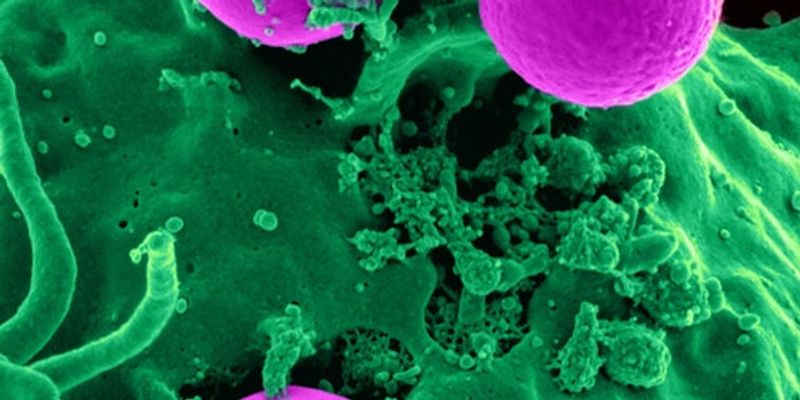Schizophrenia is a severe psychiatric disorder affecting 1% of the world’s population, leading to high human, social and economic burdens. Understanding how the interaction of gene and...
MAR 18, 2015 | 9:00 AM
The Brain Research through Advancing Innovative Neurotechnologies (BRAIN) Initiative has the ambitious goal of elucidating how neuronal ensembles interactively encode higher brain processes....
MAR 18, 2015 | 7:30 AM
The dorsal anterior cingulate cortex (dACC), orbitofrontal cortex (OFC), ventrolateral and ventromedial prefrontal cortex (vlPFC, vmPFC) and their connections with the basal ganglia play a ce...
The dopamine-containing neurons of the midbrain have been implicated in a broad array of psychiatric disorders, ranging from schizophrenia to drug abuse and depression. However, studies seem...
























